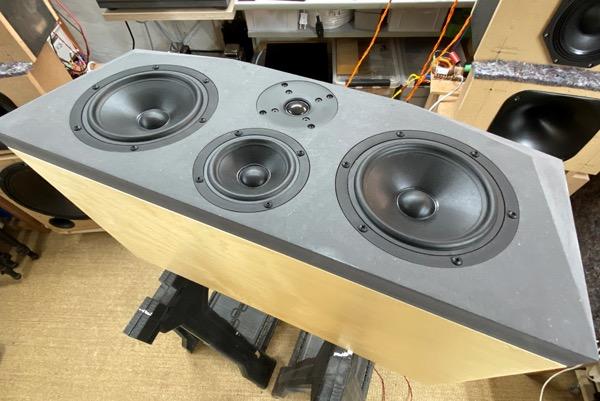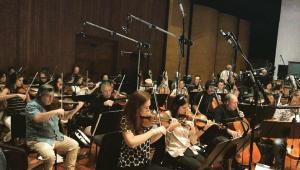DIY is (or should be) a thing for both repairs and new builds. I rebuilt some EPI 100 speakers (purchased new in 1973) with components from Human Speakers. They work very well, with perhaps not quite as linear a response as the originals but very close, and a little more bass but not boomy. Project took only an hour or so, to pop out the old parts and install new. The parts kit for a pair, including new crossovers (just a capacitor) and binding posts (to replace the old spring clips), costs just a bit more than the original pair of speakers did 45 years ago. Very nice speakers. Though I need to freshen the (real) walnut finish somehow.
Replacing disintegrated foam surrounds on woofers built in the late 1980s-1990s is a little more involved, and for a pair of Radio Shack Mach 3's I left that to a local repair shop. Not the best of speakers, and requires some actual power behind them (not good at low volume), but OK for the living room as backing for the TV.
I remember Heathkits well. But these days the only thing that's really amenable to DIY is speakers.


































































